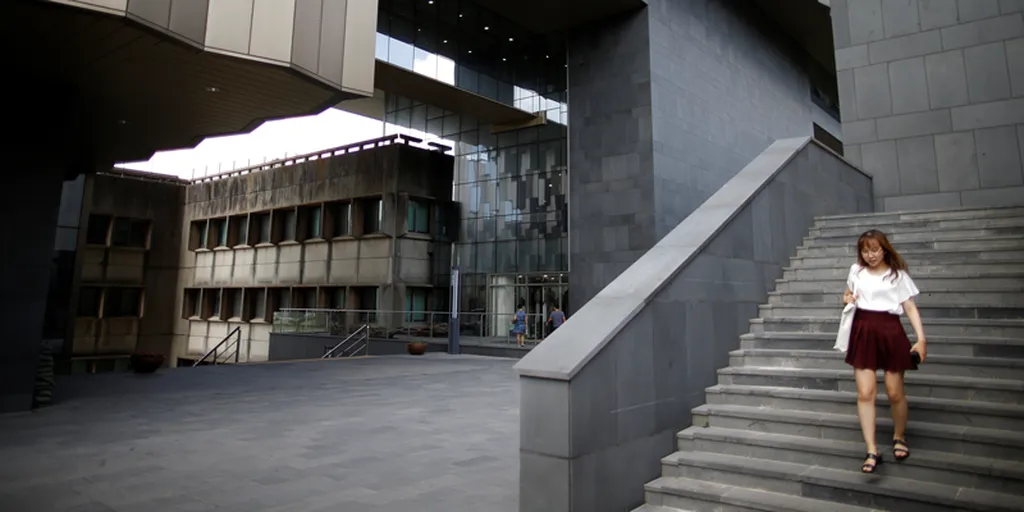Researchers at the University of Sydney, led by Tianjiao Sun, have developed a novel approach to enhance the energy efficiency of unmanned aerial vehicle (UAV) swarms used in communication networks. Their work, published in a recent study, addresses the challenges posed by complex geographic environments that often lead to unreliable air-to-ground (A2G) links, thereby constraining the reliability and quality of service in UAV-assisted mobile communications.
The team proposes an integrated communication and control co-design mechanism that optimizes energy efficiency while balancing communication rates for mobile ground users and UAV energy expenditure. This is particularly relevant for temporary scenarios such as emergency rescue operations, military and security operations, and remote area coverage, where infrastructure is often lacking.
The researchers formulated the joint resource allocation and 3D trajectory control problem as a Markov decision process (MDP) and developed a multi-agent reinforcement learning (MARL) framework to enable real-time coordinated actions across the UAV swarm. To optimize the action policy of UAV swarms, they introduced a novel multi-agent hybrid proximal policy optimization with action masking (MAHPPO-AM) algorithm. This algorithm is designed to handle complex hybrid action spaces and incorporates action masking to enforce hard constraints in high-dimensional action spaces.
Experimental results demonstrated that the proposed approach achieves a fairness index of 0.99, indicating equitable communication rates for ground users, while reducing energy consumption by up to 25% compared to baseline methods. This advancement is significant for the energy sector, particularly in applications requiring UAV swarms for communication networks, as it offers a more energy-efficient and reliable solution for challenging environments.
This article is based on research available at [arXiv](http://arxiv.org/abs/2509.23905v1).

